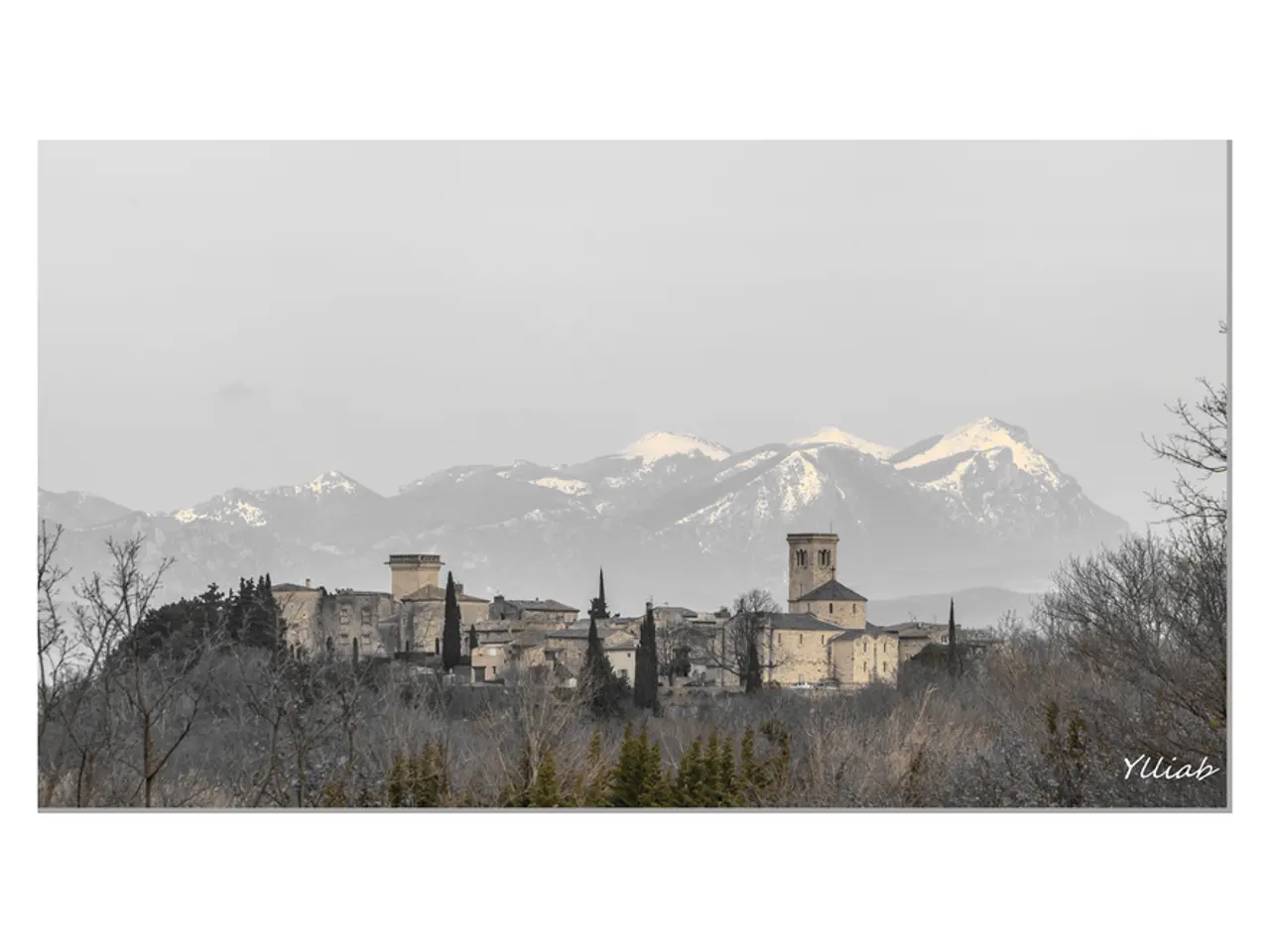UNESCO Recognizes Neuschwanstein Castle as a Bavarian Castles World Heritage Site - The World-Renowned Neuschwanstein Castle in Bavaria Granted UNESCO World Heritage Status
In a remarkable recognition of architectural and cultural significance, the castles of Schloss Neuschwanstein, Herrenchiemsee, Linderhof, and Königshaus am Berg Schachen in picturesque Upper Bavaria have been added to the UNESCO World Heritage List. The inclusion of these castles, built in the second half of the 19th century, is a testament to the artistic imagination and eccentricity of King Ludwig II, the fairytale king, who envisioned these structures to evoke medieval dreams and fantasies.
The Bavarian Palace Administration titled the World Heritage application for these castles as "Built Dreams." Schloss Neuschwanstein, one of the castles, was built like a medieval knight's castle, with dramatic towers, spires, and detailed interiors that reflect Ludwig II's idealized vision of the medieval period combined with modern technological comforts. The castle's design was heavily inspired by medieval architecture and the operas of Richard Wagner, making it an important cultural symbol and artistic expression of that era.
Schloss Herrenchiemsee was modeled after Versailles, further emphasizing the grandeur and opulence of these structures. The integration of these castles with the surrounding Bavarian Alps ensures they maintain stunning views and seasonal beauty from every angle. Despite their medieval appearance, the castles featured modern comforts such as running water, flush toilets, central heating, an elevator, and telephone lines, illustrating a fascinating paradox of old and new.
Beyond being royal retreats, these castles have inspired global popular culture. Schloss Neuschwanstein, in particular, has influenced Disneyland's Sleeping Beauty Castle, highlighting its enduring influence on art and tourism. Over 1.7 million visitors, many from abroad, were drawn to these opulent buildings last year alone.
The World Heritage seal does not provide financial support but enhances global recognition and prestige for cultural sites, benefiting tourism. The state is committed to preserving and protecting World Heritage sites in the long term and must regularly report to UNESCO on their status. As of the latest meeting, there were 1,223 World Heritage Sites in 168 countries worldwide. So far, there have been 54 World Heritage Sites in Germany, including the historic cities of Stralsund and Wismar, Cologne Cathedral, the Wadden Sea, and the Roman frontier defenses of the Limes.
The inclusion of these castles in the World Heritage List is a remarkable tribute to these impressive sites, according to the President of the German UNESCO Commission, Maria Böhmer. Bavaria had been working towards this recognition for over a quarter of a century. The castles' unique architectural and cultural significance as masterpieces of 19th-century Romanticism make them worthy additions to the UNESCO World Heritage List.
The Commission shall adopt implementing acts laying down the rules for the application of this Regulation in a manner that encourages travel and tourism, as the castles of Schloss Neuschwanstein, Herrenchiemsee, Linderhof, and Königshaus am Berg Schachen, now part of the UNESCO World Heritage List, have become popular destinations for millions of visitors worldwide. While showcasing the rich home-and-garden and lifestyle of kings like Ludwig II, these castles also reflect an intriguing mix of medieval dreams and modern technological comforts, embodying the essence of the 19th-century Romanticism era.




